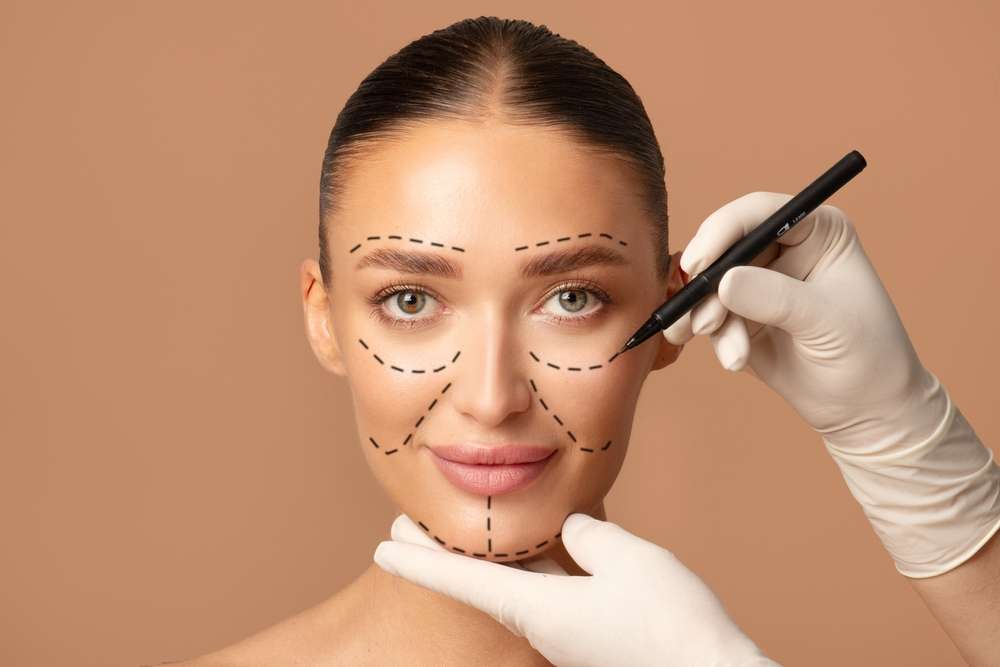Fat Transfer: Reshaping Your Body with Natural Enhancement
Fat transfer, also known as fat grafting or autologous fat transplantation, is a cosmetic procedure that has gained popularity in recent years. This innovative technique involves harvesting excess fat from one area of the body and reimplanting it into another area to enhance volume and contours. As a natural alternative to synthetic fillers or implants, fat transfer offers patients the opportunity to sculpt their bodies using their own tissue.

The procedure works by utilizing the patient’s own fat cells to add volume and improve contours in desired areas. Since the transferred fat is from the patient’s own body, there is no risk of allergic reaction or rejection. Additionally, the results can be long-lasting, as a portion of the transferred fat cells will establish a blood supply and survive in their new location.
What Are the Benefits of Fat Transfer as a Body Contouring Method?
Fat transfer offers several advantages as a body contouring technique. Firstly, it provides a dual benefit by removing unwanted fat from problem areas while simultaneously enhancing other areas that may lack volume. This natural approach can result in a more harmonious and balanced overall appearance.
Another significant benefit is the use of the patient’s own tissue, which eliminates concerns about foreign materials or implants. Fat transfer can often achieve a more natural look and feel compared to synthetic alternatives. Furthermore, the procedure can be customized to address specific areas of concern, allowing for precise and targeted improvements.
How Does Fat Transfer Compare to Other Cosmetic Procedures?
When compared to other cosmetic procedures, fat transfer offers unique advantages. Unlike traditional liposuction, which only removes fat, fat transfer allows for the redistribution of volume to enhance other areas. This can lead to more comprehensive body contouring results.
In contrast to synthetic fillers or implants, fat transfer provides a more natural alternative. The use of autologous fat can result in a softer, more natural appearance and feel. Additionally, fat transfer results can be longer-lasting than temporary fillers, potentially reducing the need for frequent touch-ups.
However, it’s important to note that fat transfer may require multiple sessions to achieve desired results, as not all transferred fat cells will survive. This is in contrast to procedures like implants, which provide immediate and more predictable volume enhancement.
What Are the Potential Risks and Considerations of Fat Transfer?
As with any surgical procedure, fat transfer carries certain risks and considerations. These may include bruising, swelling, and temporary discomfort at both the donor and recipient sites. There is also a risk of asymmetry or uneven results, particularly if the fat doesn’t take evenly in the treated areas.
One of the main considerations is the variability in fat survival rates. Not all transferred fat cells will survive long-term, which can impact the final results. Patients may need touch-up procedures to maintain their desired outcome. Additionally, the success of fat transfer can be influenced by factors such as the patient’s overall health, smoking status, and adherence to post-operative care instructions.
It’s crucial for patients to have realistic expectations and understand that results may vary. Consulting with a board-certified plastic surgeon is essential to determine if fat transfer is the most appropriate option for individual goals and circumstances.
What is the Recovery Process Like After Fat Transfer?
| Procedure Stage | Recovery Time | Key Points |
|---|---|---|
| Initial Recovery | 1-2 weeks | Rest, minimal activity, compression garments |
| Return to Work | 1-2 weeks | Depending on job requirements |
| Full Recovery | 4-6 weeks | Gradual return to normal activities |
| Final Results | 3-6 months | As swelling subsides and fat settles |
Prices, rates, or cost estimates mentioned in this article are based on the latest available information but may change over time. Independent research is advised before making financial decisions.
The recovery process after fat transfer varies depending on the extent of the procedure and the areas treated. Generally, patients can expect some swelling, bruising, and discomfort in both the donor and recipient areas for the first few weeks. Compression garments may be recommended to help reduce swelling and support the treated areas.
Most patients can return to work and light activities within 1-2 weeks, but strenuous exercise should be avoided for at least 4-6 weeks. It’s important to follow the surgeon’s post-operative instructions carefully to optimize healing and results. Final results may not be fully apparent for several months as the swelling subsides and the transferred fat settles into its new location.
How Much Does Fat Transfer Typically Cost?
The cost of fat transfer can vary significantly depending on factors such as the areas treated, the amount of fat transferred, and the surgeon’s experience. On average, patients can expect to pay between $4,000 to $15,000 for a fat transfer procedure. However, prices may be higher for more extensive treatments or when combined with other procedures.
It’s important to note that fat transfer is typically considered a cosmetic procedure and is not covered by health insurance. Many plastic surgery practices offer financing options to help make the procedure more accessible. When considering the cost, patients should factor in not only the surgeon’s fee but also anesthesia costs, facility fees, and any necessary follow-up treatments.
Fat transfer represents a versatile and natural approach to body contouring and enhancement. By utilizing the patient’s own fat cells, this procedure offers the potential for long-lasting, natural-looking results. However, as with any cosmetic surgery, it’s crucial to thoroughly research and consult with a qualified plastic surgeon to determine if fat transfer is the right choice for your individual goals and expectations.
This article is for informational purposes only and should not be considered medical advice. Please consult a qualified healthcare professional for personalized guidance and treatment.






